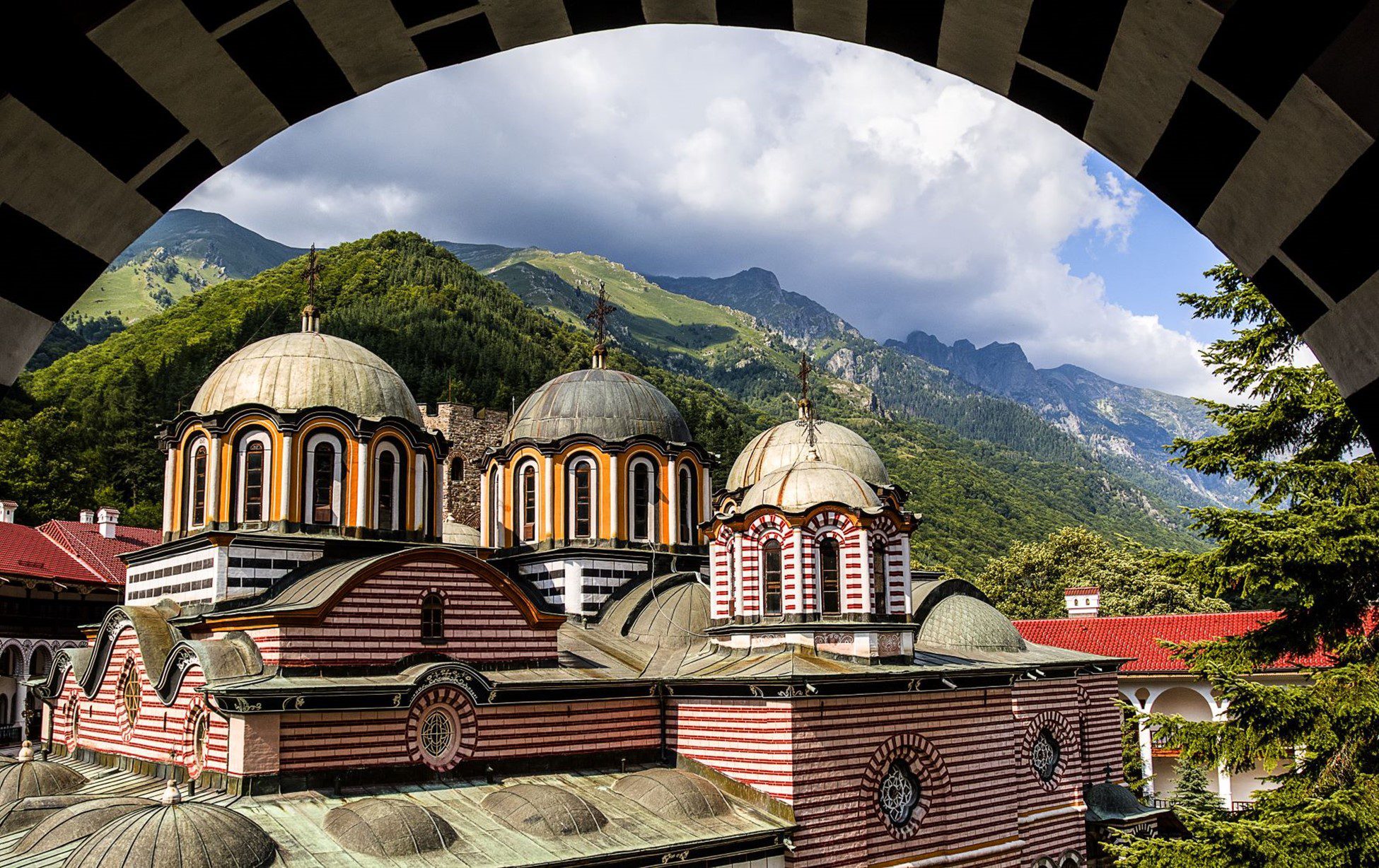Visit BG Crafts Gallery and discover artworks by contemporary Bulgarian artists!
UNESCO sites in Bulgaria
The UNESCO World Heritage Convention was established in 1972. Since then, UNESCO designates world heritage sites, which are of exceptional cultural value, or natural heritage. The objects are nominated by the individual countries that have signed the Convention. Bulgaria signed the Convention on March 7, 1974.
As of 2022 , there are ten World Heritage sites in Bulgaria . The first four sites were included in 1979: the Boyan church, the Madar horseman, the Ivanovo rock churches, and the Thracian tomb in Kazanlak.

Four more sites were listed in 1983, one in 1985, and the last in 2017. Seven of these sites are cultural, and three are natural.
Because of its key location Bulgaria has always been a crossroads of different people, cultures and traditions, which is why Bulgaria's cultural DNA is so diverse. Greeks, Romans, Slavs, Ottomans and Persians left their mark. The rich history and culture of the past is still alive and found in food, dance, music and folklore.
Additionally, the country is home to some incredibly attractive historical and cultural attractions, each of which has its own cultural significance, both locally and globally.
RILA MONASTERY
The Eastern Orthodox monastic complex, located in the picturesque Rila mountain one of the most popular tourist attractions in the country. The monastery is not only a tourist center, but an active monastery - monks still live in the monastery, and it is also an important religious institution. Ever since its construction in the 10th century, this monastery is considered one of the most significant places in Bulgaria.
The monastery was founded in the 10th century by Saint Ivan of Rila and was an important spiritual and cultural center throughout the centuries and an important Christian center during the Ottoman rule. At the beginning of the 19th century, the monastery was destroyed by fire and rebuilt between 1834 and 1862, during the Renaissance.
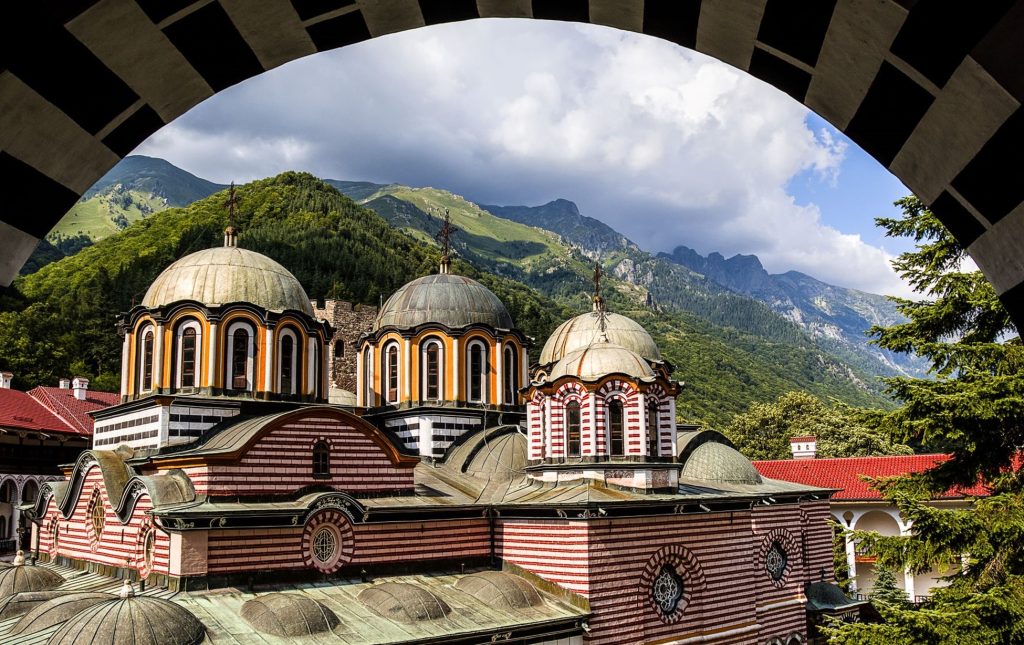
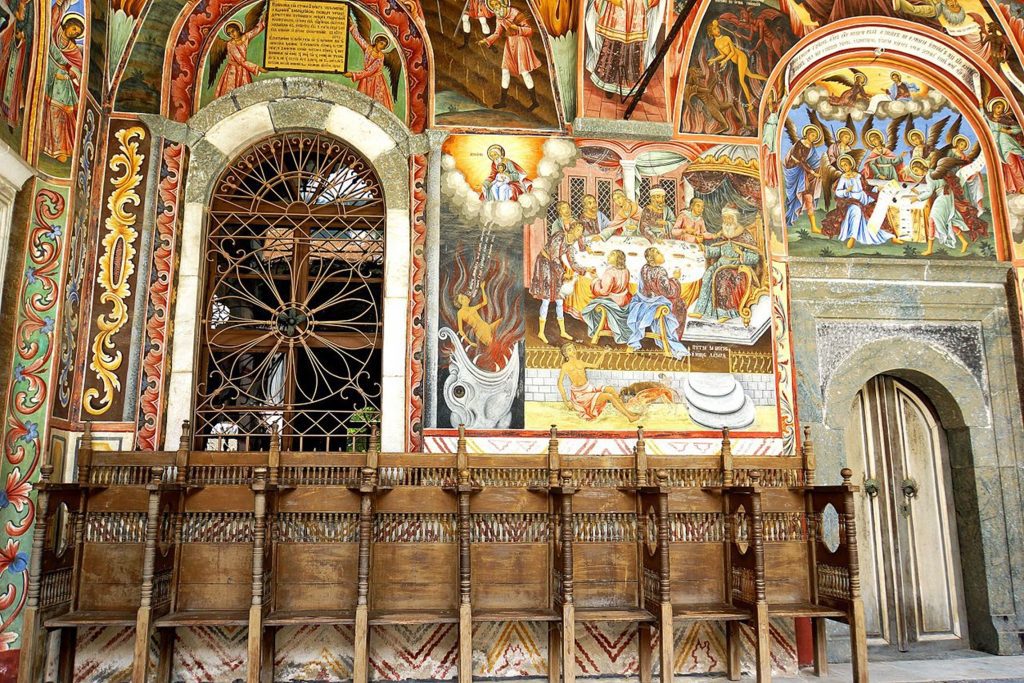
The monastery complex has always been guardian of the Bulgarian language and culture during foreign rule.
Considered one of the the greatest masterpieces of Bulgarian Renaissance architecture, the complex was declared a national historical monument in 1976, a in 1983 it was included in the UNESCO list for world heritage. Since 1991, it has been fully subordinated to the Holy Synod of the Bulgarian Orthodox Church.
The whole complex occupies an area of 8800 m² and is rectangular in shape, the buildings are located approx courtyard (3200 m²), where they are located the tower and the main church.
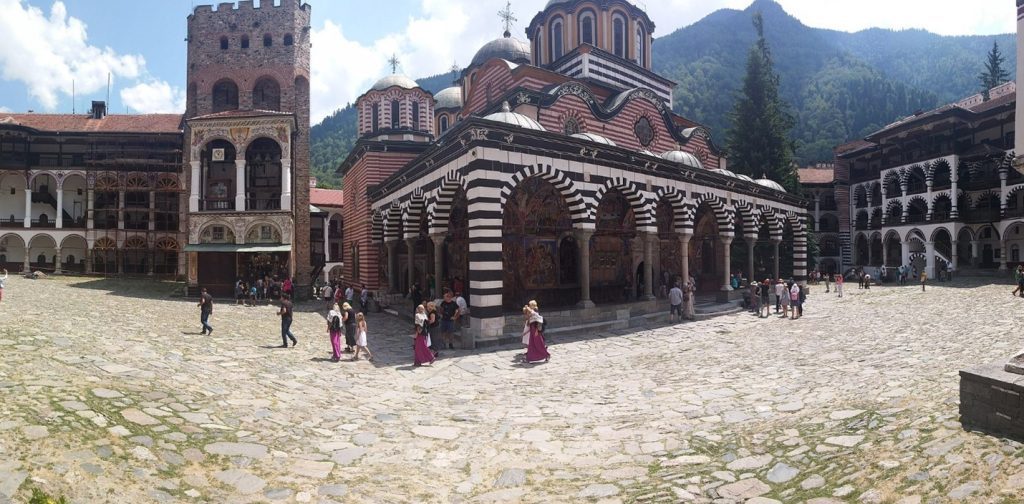
Main church
The main church of the monastery was erected in the middle of the 19th century. The church has five domes, three altars and two side chapels, and one of the most valuable items inside is the gilded iconostasis, known for its rich wood carving, which took four different craftsmen five years to complete.
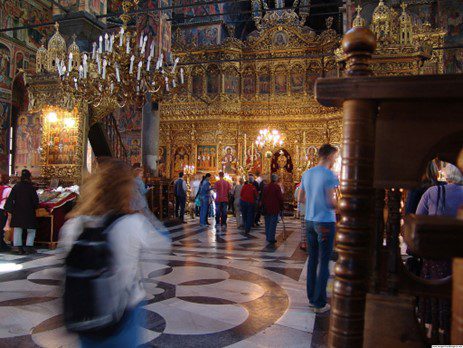
The murals, completed in 1846, are the work of many masters from Bansko, Samokov and Razlog, including the famous brothers Zahari Zograf and Dimitar Zograf. The church is also home to many valuable icons (from the 14th to the 19th century).
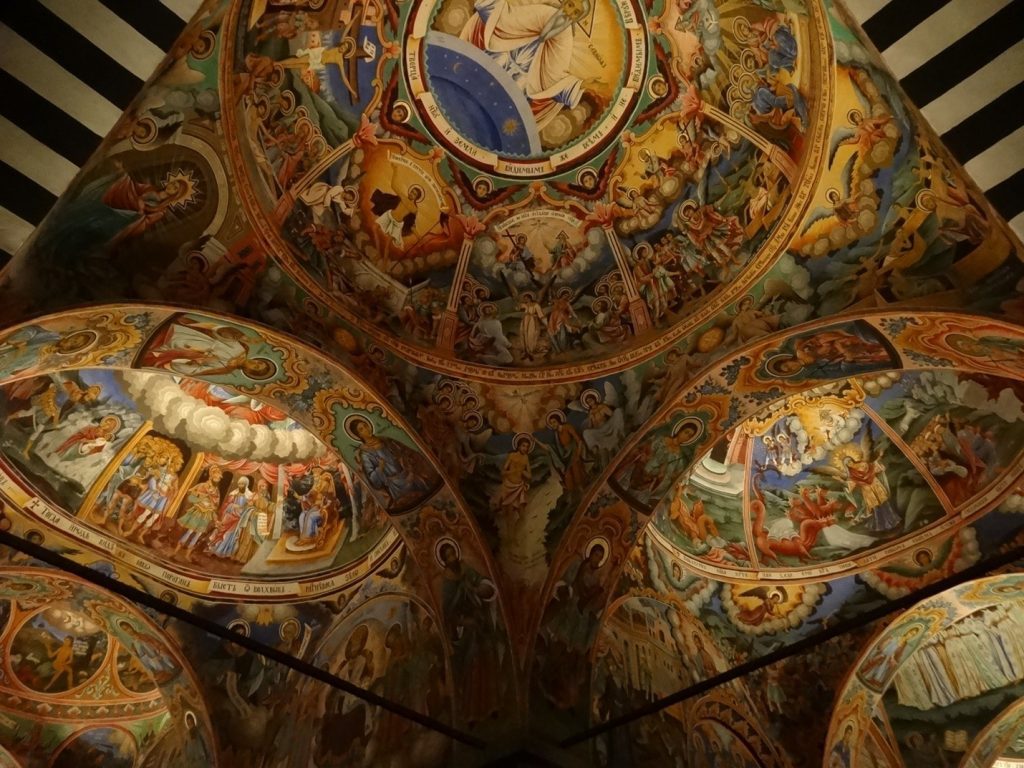
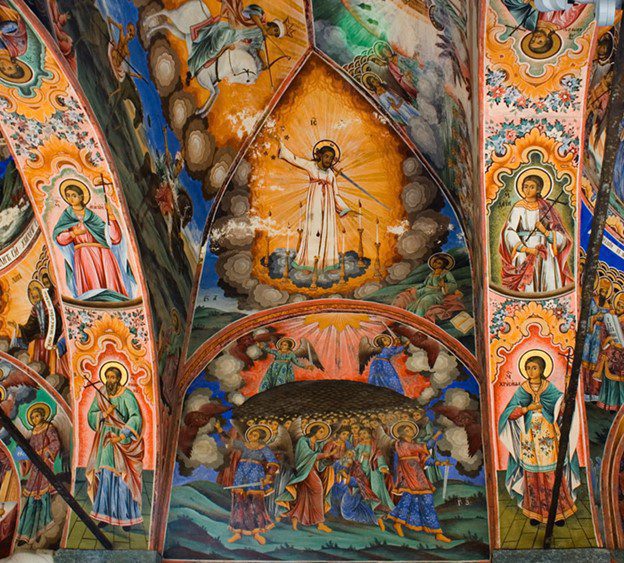
Residential area
The four-story one (not counting the basement) residential area of the complex consists of 300 rooms, four chapels, Abbot's room, kitchen (known for its unusually large vessels), library, containing 250 manuscripts and 9,000 old printed works, and a donor's room. With its high stone walls and small windows, the complex's exterior, it looks more like a fortress than a monastery.
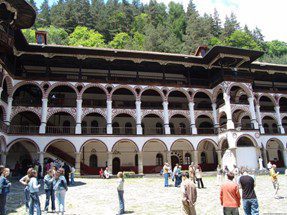

Monastery Museum
The museum of the Rila Monastery is mostly known for its preservation Raphael's cross, a wooden cross made from a single piece of wood (81 cm×43 cm). It was made by a monk named Raphael using fine tools and a magnifying glass. On the cross they are recreated 104 religious scenes and 650 miniature figures. Work on this artwork continues 12 years, before it was completed in 1802, when the monk lost his sight.
BOYANSKA CHURCH
Boyanska church, on the outskirts of Sofia, represents ensemble of three buildings. The first part was built in 10th century, the second in 13th, and the third at the beginning of 19th century. Wall paintings from all periods have been completely preserved, as well as individual fragments, carefully restored nowadays. The wall paintings from the middle of the 13th century, commissioned by Kaloyan Sevastokrator, are of the highest artistic value.
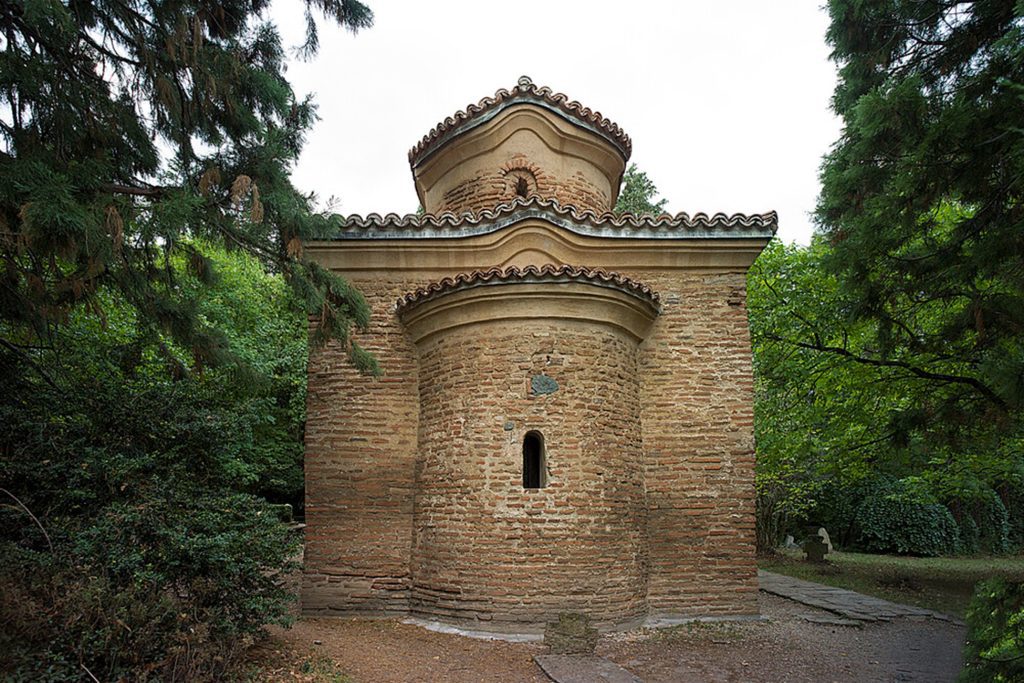


In 1979, the building was added to the UNESCO list for world heritage.
Murals
Except the first layer of frescoes from the 11th-12th centuries, of which only fragments have been preserved, and the known second layer of frescoes from 1259., the church has another layer later frescoes from the 14th and 16th-17th centuries, as well as from 1882.
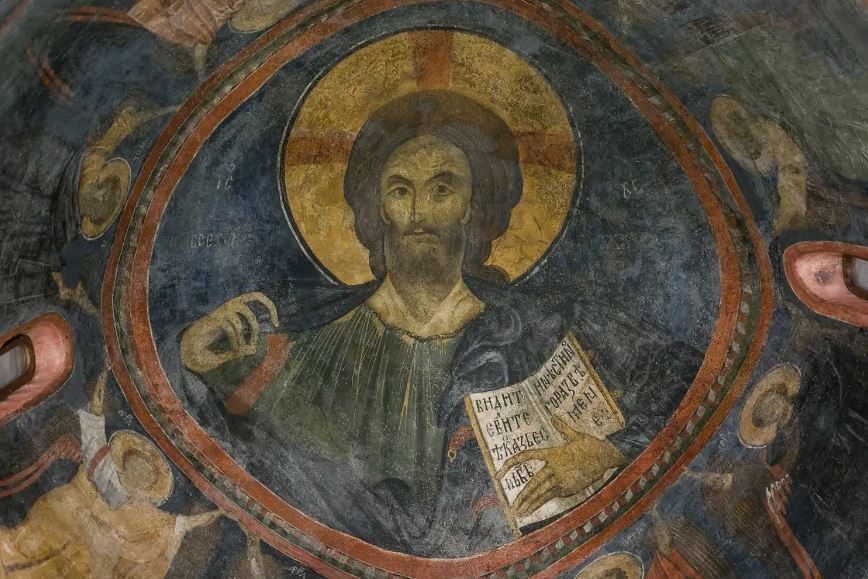



His world fame the church owes mostly to its frescoes of 1259. They form a second layer on the painting of earlier centuries and represent one of the most complete and well-preserved monuments of medieval art in the Balkans.
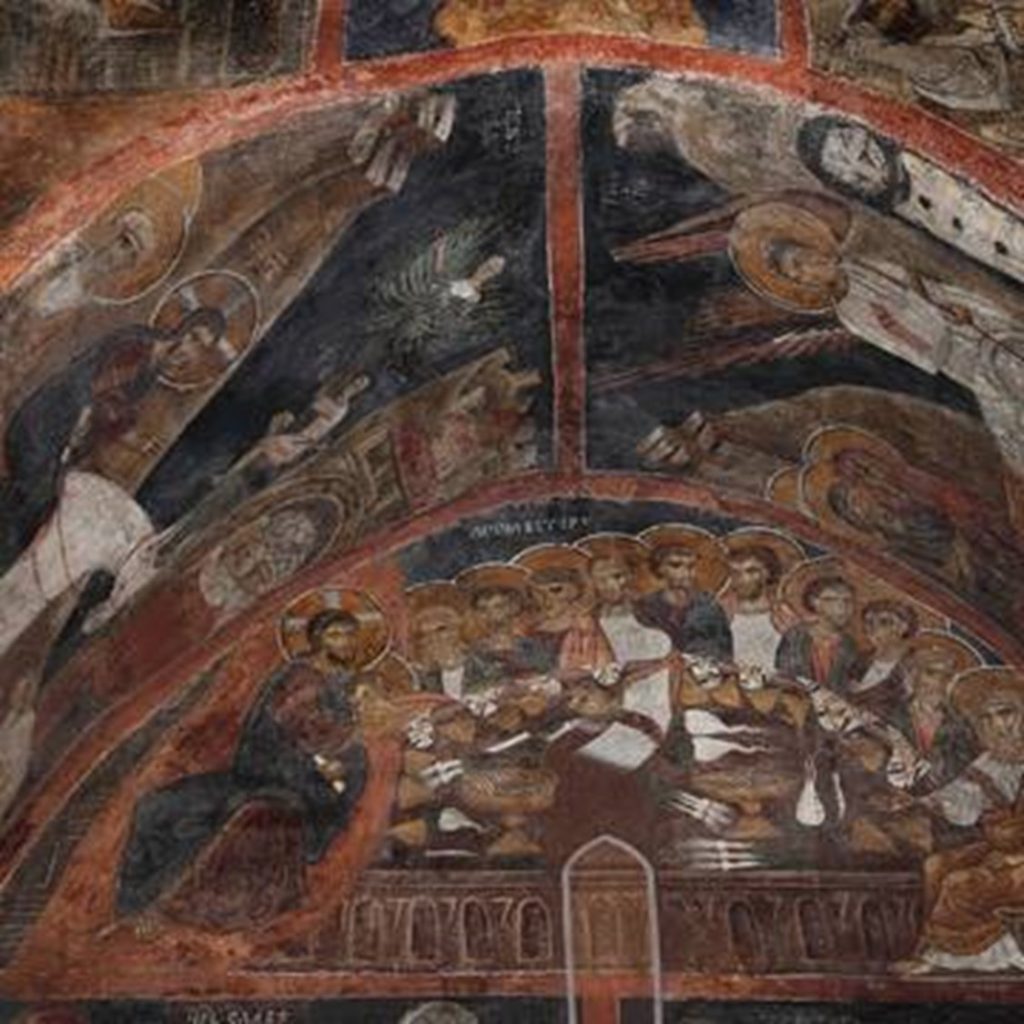
Eighteen scenes depict the life of Saint Nicholas. The portraits of the founders of the church - Sevastoprator Kaloyan and his wife Desislava, as well as those of the Bulgarian Tsar Constantine Tych and Tsarina Irina, are considered to be one of the most impressive and realistic wall paintings in the church. Written with precision, exceptional craftsmanship and feeling, they are among the oldest portraits of historical figures in Bulgaria.
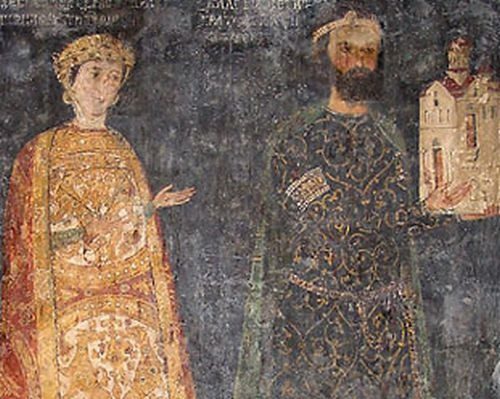
The majority of the more than 240 figures depicted here display individuality, remarkable psychological insight and vitality. The frescoes follow the canon of icon painting established by the Seventh Ecumenical Council held in Nicaea in 787.
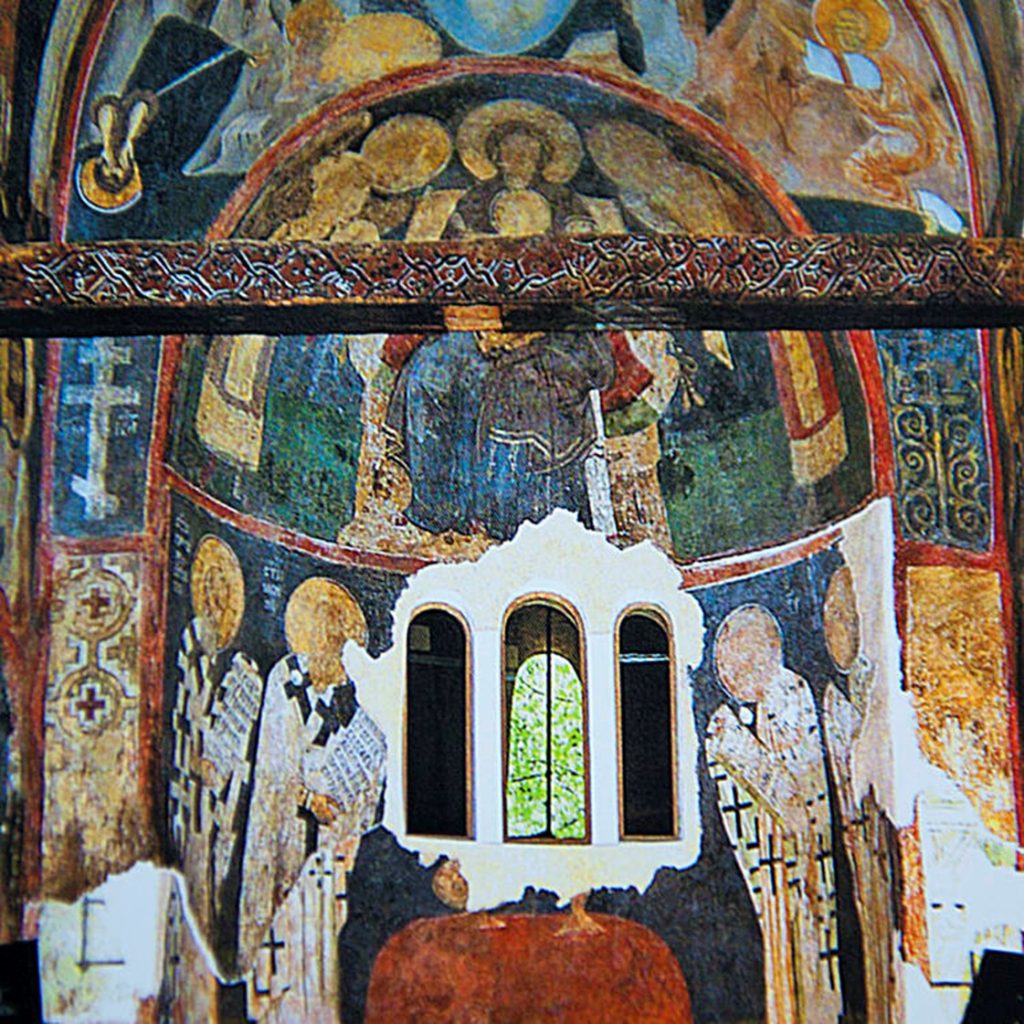
The frescoes in the oldest part of the church include a magnificent image of Christ Pantokrator in the dome.
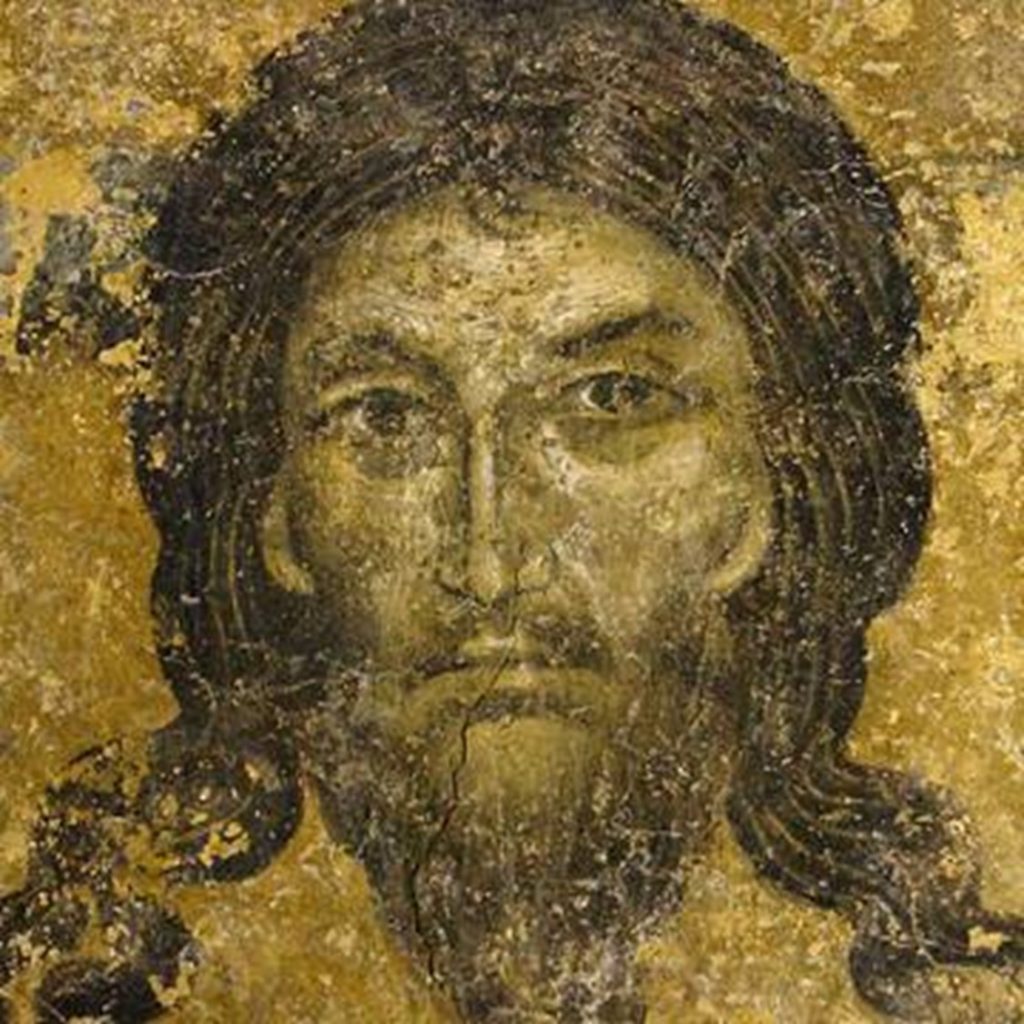
Two highly revered Bulgarian saints are also represented in the vestibule - St. Ivan Rilski (the oldest preserved image of the saint) and St. Paraskeva (Five). Among the monks depicted here appears the hermit St. Ephraim the Syrian.
Masters
Under the name "Master of Boyan" hides a team of unknown master icon painters, decorated the temple and mastered the intricacies of this art in the studios of the Tarnovo painting school. The only and most impressive fully preserved monument of The Tarnovo school of painting from the 13th century. is the Boyan church.
According to many leading specialists, the world-famous frescoes in the Boyan Church played an important role in the development of medieval Bulgarian and European painting.
MADARA HORSEMAN
Located in the village of Madara, this rock relief is one of the most iconic landmarks in Bulgaria.
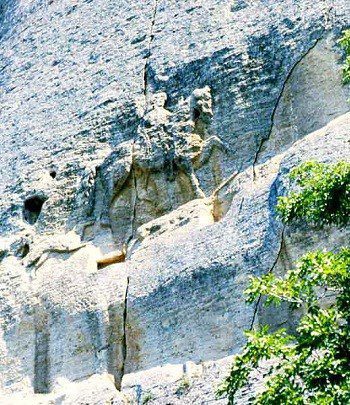
The Madar Horseman is a rock relief depicting a man on horseback triumphing over a lion accompanied by a bird and a dog. It is carved into a rock with a height 100 m, at a height of 23 m. It is difficult to date this cultural heritage monument, but it was most likely created in 7-8 century, when Madara was a holy place during the First Bulgarian Kingdom. At that time, Bulgaria was ruled by Khan Tervel, who was the first foreigner to receive the title of "Caesar", given to him by Justinian II, the former Byzantine emperor.
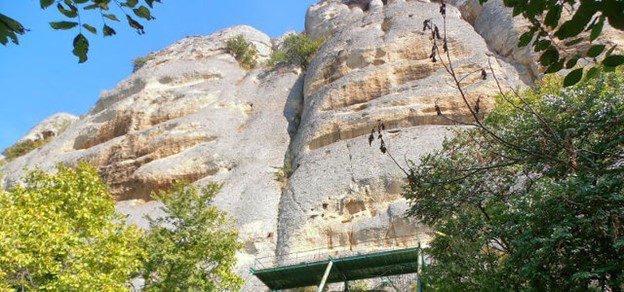
Near the relief there are inscriptions in ancient Greek describing the events of the early Bulgarian state and its khans.
KAZANLA THRACIAN TOMB
This one ancient Thracian tomb is known worldwide for its characteristic beehive shape.


The tomb dates back to the Hellenistic era, late 4th century BC It is a beehive-shaped tomb (tholos), with a narrow corridor and a circular burial chamber. The wall paintings in the tomb depict Thracian culture and scenes of funerary rites. The tomb is part of a larger necropolis located near the ancient Thracian city of Seutopolis, capital of King Sevtus III. It was opened in 1944, and the frescoes are extremely well preserved.
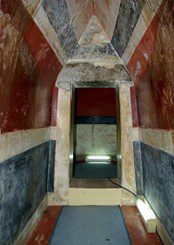

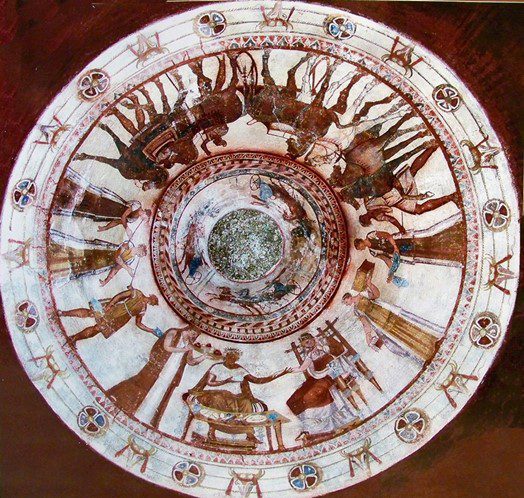
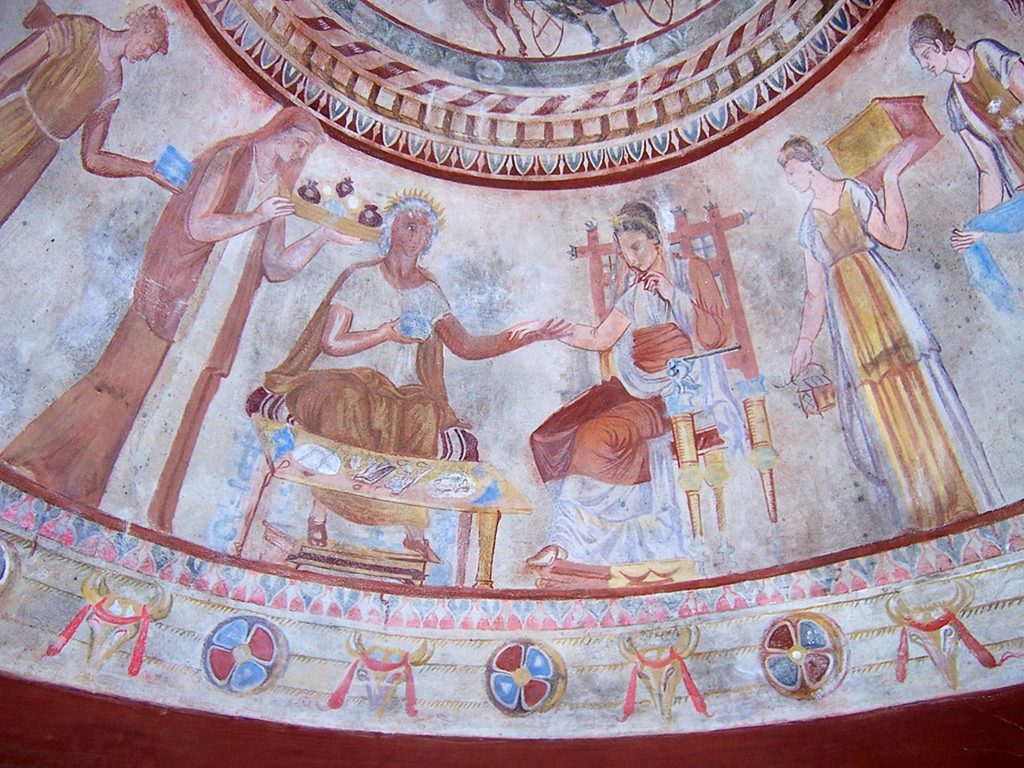
THRACIAN TOMB PRIESTS
The Thracian tomb in Sveshtari, dated from 3rd century BC and was discovered in 1982. The decoration is extremely well preserved and is a rare example of Thracian architecture.
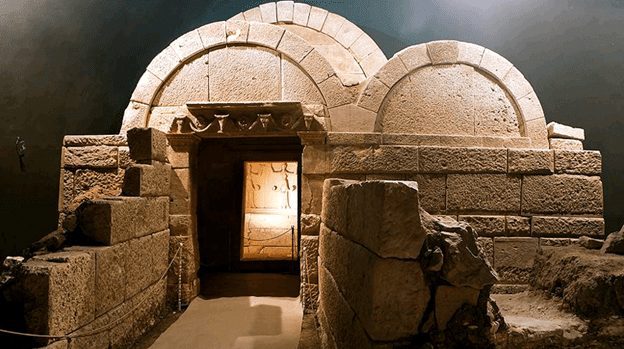
An example of Hellenistically inspired Geta art. A notable feature of the tomb are 10 caryatids, who are half women.

This site is included in the list of Bulgarian World Heritage Sites UNESCO in 1985. and is a fascinating reminder of the Thracian culture that prevailed for several centuries.

ROCK CHURCHES OF IVANOVO

In 12th century hermits began to carve churches, cells and monasteries in the rocks above the Rusenski Lom river, near the village of Ivanovo. The frescoes from the 14th century (the time of the Second Bulgarian Kingdom) are some of the best examples of the Paleological style and differ significantly from the earlier Byzantine iconography.
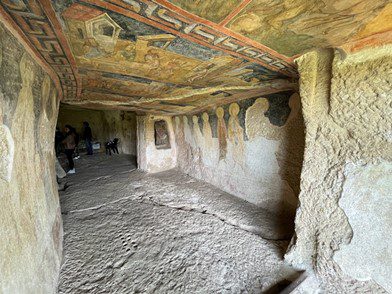

The churches of Ivanovo are incredibly old monolithic structures. These massive rock churches are known to have been inhabited since at least the 1220s. This monolithic complex contains over 40 churches as well as chapels, cells and private rooms.
The surviving churches appear to be only a small fraction of what the complex originally represented. Experts discover over 300 churches and other spaces inhabited over the centuries.
ANCIENT CITY OF NESSEBAR
The coastal one city of Nessebar began its existence as Thracian settlement and turns into Greek Black Sea Colony through 6th century BC. Most remains date from the Hellenistic period, inclusive the acropolis and the temple of Apollo. It's the city an important Byzantine Christian center in the Middle Ages; a basilica and a fortress remain from this period. Through 19th century, in the city, are being built wooden houses in the revival style.



Due to the abundance of historical buildings in the city, UNESCO includes Nessebar in its list in 1983.
Churches
It is Nessebar the city with the most churches per capita. Today in the vicinity of the city have survived, in whole or in part, in general forty churches.

Follow us for more information: BG Crafts Gallery

